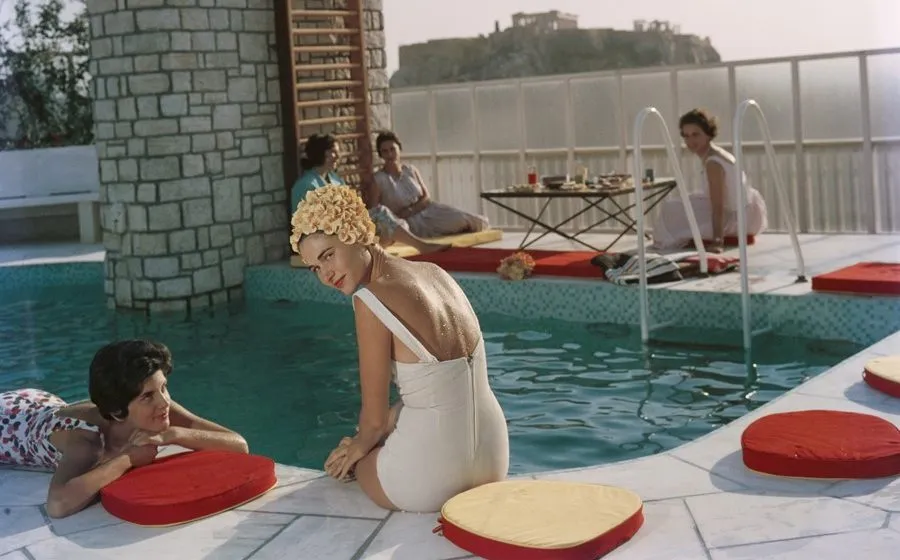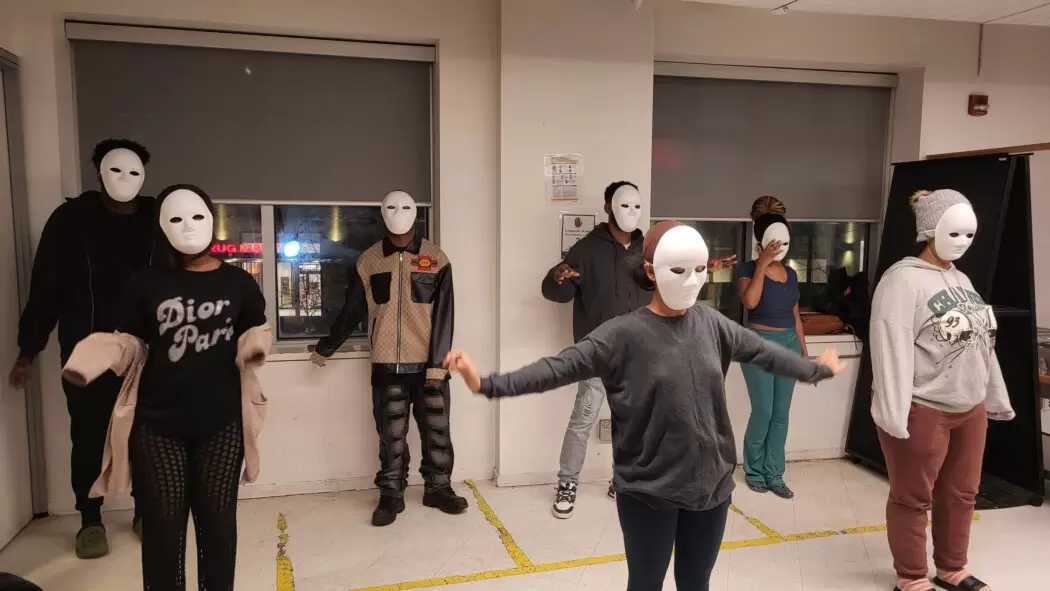How Burning Man got political – reflecting on “The Wall” by Tom Herck
Burning Man 2019 might be over, but discussions are still brewing. Artist Tom Herck explains what inspired him to produce this political artwork for the festival.


NB: This article has been amended with the help of a sleepless global community of truth-seekers and artists. Thank you.
In 2020 Burning Man will take place from the 30th of August till the 7th of September in Black Rock Desert, Nevada. Once again participants will join in the effort to co-create Black Rock City, a temporary metropolis dedicated to art and community. This year’s theme, “Multiverse”, is going to explore the quantum kaleidoscope of possibility, the infinite realities of the multiverse and human superpositioning as actors and observers in the cosmic cacophony of resonant strings. It will be a chance to encounter the alternative selves, who may have followed, are following or will follow different decision-paths to divergent Black Rock City realities.
Burning Man festival is usually described as a transformative and live-changing experience. That’s why the last year’s theme “Metamorphoses” was spot on. Let’s have a closer look at one of the artworks, which was presented during last year’s edition of the Burning Man – “The Wall” by the Belgian artist Tom Herck.

Inspired by the story of the Trojan Horse, Tom Herck created a 7 metres high piñata facing a wooden wall, which was celebrating change and examining uncertain times ahead. The Mexican piñata represents hope and blind faith in higher powers, piñatas are originally stuffed with candy. The Trojan Horse, as we all know, contained soldiers. Installation “The Wall”, however, remained empty inside, because one can never be totally aware of what is going on in the inner circle and public authorities (Burning Man takes place in northwest Nevada, close to the border between Mexico and the US, where Trump is planning to build his infamous wall).
Tom was working on this project together with seven other people, whom he hasn’t met prior to that moment – total strangers, who developed a very strong bond and became friends for life through this 12-day project. All the team members had a say in the project development and contributed their creative input. The artist found it important to listen to the thoughts of others. He believes that creativity is freedom and in case someone has a good thought, it should be considered.
The process of creating this art piece was especially satisfying for Tom because of extreme conditions of the place where it was located: lots of restrictions, 9-month-long logistics, hot weather, absence of shade, lack of water.
“The Wall” caused quite a few discussions, with both conservatives and liberals involved in the conversations. The installation follows a tradition of political and social awareness that has always been at the core of Burning Man, repeatedly demonstrated throughout the festival’s 33 year long history. “HELCO” by Flynn Mauthe from 1996 might have started it all, followed by “The Trojan Horse Project” by Douglas Bevans from 2011, “Burn Wall Street” by Otto Von Danger from 2012, “Maya’s Mind” by Mitchell Phoenix Riley from 2018 and numerous other works that inspired dialogue on some of the most pressing issues of our time.
On the burn night the piñata was stripped from the clothing, left naked and vulnerable without an opinion or ego. Together with the wall it was scorched. The T-shirts were sent to Europe where the artist was going to embed them in his new work.
Tom Herck talked to .ART about his artistic practice:
“I work with a range of media: from drawing and canvases to monumental installations. I tell stories and create my own visual language. I create works with different layers of thought. I’m not a technical person. I see myself more in the conceptual flow, although I also pay attention to the aesthetics. I work with the themes of decay, satire, society and history. I am really satisfied when I make big scale installations and works which are difficult to realize. I love the unknown.
My roots have always been in the public domain, because I originally come from the illegal graffiti world. More specifically – from graffiti on trains and in the metro. I have always thought on a large scale and not in the limitations of a white cube. Although one can also have freedom there, it’s still more limiting. I have evolved from the traditional graffiti on trains to large-scale murals and then to big scale installations. I’m very busy with my evolution, being motivated by my progress as a human and as an artist. I like the freedom of public spaces and unlimitedness. My installations often stimulate a dialogue with an environment and people where the object is located. I find in-situ art especially interesting. I am very much inspired by the context.
Usually my creative process starts in a rather basic way by putting good old thoughts on a piece of paper with a pen or pencil. Then if I want to work on some major works, I have to look at how I am going to tackle this logistically and financially. I also have to put together a team of people who are going to help me bring it to life.
I am often inspired when I aimlessly drive around in the car with some music on and a cigarette in my hand. The best ideas appear if you are not looking for them”.
Also published on Medium.










